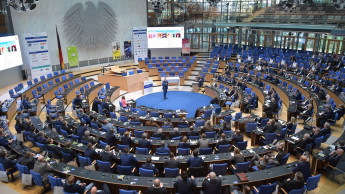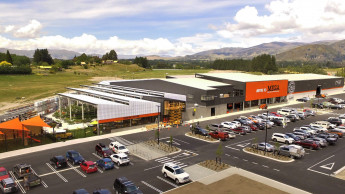deep insights, facts & figures
Individualisation and sustainability are two essential aspects of successful sales promotion
The development of displays is closely interlinked with the development of retailing itself. Since self-service made its triumphal entry at the end of the fifties, displays have established themselves as “brand makers”. The display as a “dummy sales assistant” – a term for this marketing medium imported from America – soon took over the function of the owner of the corner shop. It provided information, inspiration and the possibility to try products out. Today displays and promotional campaigns are part of the everyday routine of marketing experts and retailers. They take on logistical functions so that large volumes of goods can be positioned efficiently in the market, while also offering additional racking space for the introduction of new products, ensuring that shopping becomes an experience to enjoy, and advising customers on their choice of product. A survey carried out in 2009 by Popai Benelux (“The Effectiveness of Instore Media in Supermarkets”) shows that the POS communication accompanies the customer through four stages: searching, finding, deciding and purchasing. Searching: Signage, posters and shelf dividers have a signalling and navigating effect that provides customers with a means of orientation. Finding: Display posters, shelf-talkers and floor advertising, which are navigational and informative in character, are there to guide the customer straight to the desired product. Deciding: Materials such as coupons, danglers or digital TV screens have a supporting role to play when customers are making a choice at the racking or a secondary display. Packaging as “hands-on” advertising makes the greatest contribution here. Purchasing: POS materials such as displays and sample stands are designed to provide inspiration and eventually motivate the customer to make a purchase. Pallet displays have the greatest impulse-purchase effect in this context, since the customer has the feeling that he is getting discounted promotional goods. This is made clear by a display of Osram torches, which allows for the appropriate presentation not only of different product lines but also of different types of bulbs. A high degree of recognition is achieved in the marketplace through adapting the design of the display to the products. Within the display itself the products are arranged not only by product family but by value for money as well: the best-selling torches are positioned at eye-level to take care of impulse purchases. Yet another advantage of the…
Related articles
Read also








